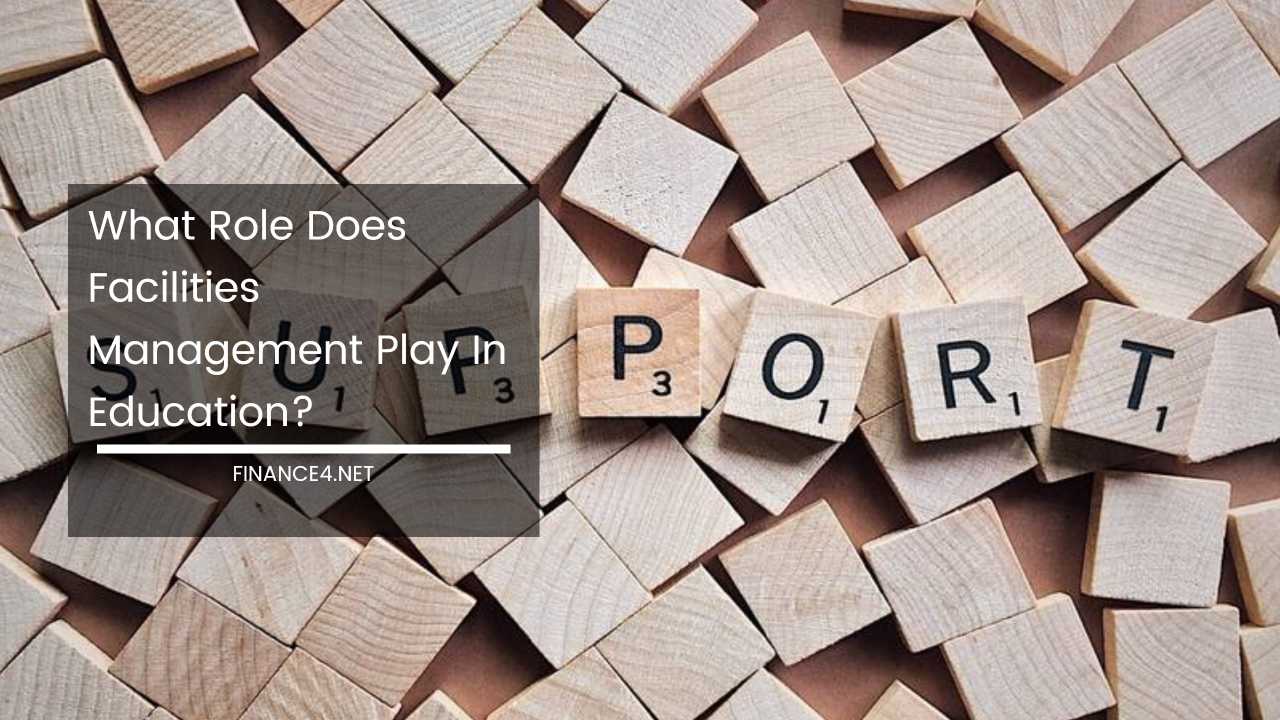The Untapped Power of Facilities Management in Education

The Symphony Conductor of Learning: How Facilities Management Orchestrates Educational Success
Imagine a school where flickering lights disrupt lessons, leaking faucets create puddles, and technology glitches halt presentations.
This disarray wouldn’t just be inconvenient; it could hinder learning and create safety hazards. Facilities management steps in as the unseen maestro, ensuring a school functions like a well-oiled machine, fostering an environment conducive to educational excellence.
Beyond the Basics: A Multifaceted Approach
Facilities management transcends the stereotypical image of fixing leaky faucets and replacing burned-out bulbs. It’s a comprehensive strategy encompassing several key areas:
-
Safety First: A school’s primary responsibility is student and staff well-being. Facilities managers become safety champions by:
- Conducting regular inspections to identify and address potential hazards like fire risks, electrical issues, and structural concerns.
- Maintaining a proactive maintenance schedule to catch minor problems before they escalate into major safety concerns.
- Ensuring compliance with all safety regulations and building codes, including fire safety standards, accessibility features, and proper hygiene protocols.
- Developing and implementing emergency response plans, conducting fire drills, and maintaining clear and visible safety signage.
-
Designing for Learning: The physical environment plays a crucial role in shaping the learning experience. Facilities management contributes to creating stimulating and effective spaces through:
- Space Optimization: Collaborating with educators to analyze space needs and maximize utilization. This may involve rearranging furniture to accommodate different learning activities, creating flexible learning areas like breakout rooms, or even designing open classrooms for collaborative learning.
- Environmental Psychology: Understanding how lighting, acoustics, and temperature affect student focus and engagement. Facilities managers can implement strategies like adjusting lighting levels, installing noise-control solutions, and ensuring proper ventilation to create a comfortable and distraction-free learning environment.
- Technology Integration: Modern education demands robust technology infrastructure. Facilities managers ensure reliable internet connectivity, maintain technology platforms like projectors and smart boards, and provide technical support for teachers and students.
-
Resource Management and Sustainability: Responsible resource management is not just about saving money, it’s about environmental consciousness. Facilities management teams play a vital role in:
- Energy Efficiency: Implementing energy-saving measures like installing LED lighting, upgrading HVAC systems with smart controls, and promoting responsible energy consumption through student awareness campaigns.
- Water Conservation: Identifying and repairing leaks, installing low-flow faucets and toilets, and encouraging water-saving practices can significantly reduce school water usage.
- Sustainable Procurement: Choosing environmentally friendly cleaning products, using recycled materials whenever possible, and implementing waste management strategies contribute to a sustainable school environment.
-
Building a Thriving Community: Schools are more than just places of learning; they are hubs for community events, extracurricular activities, and social interaction. Facilities management fosters a sense of community by:
- Maintaining common areas:** Ensuring cafeterias, libraries, gymnasiums, and recreational spaces are clean, well-functioning, and inviting contributes to a sense of belonging and pride within the school community.
- Event Support: Facilities management plays a crucial role in setting up for school events, ensuring proper functioning of audio-visual equipment, arranging furniture, and maintaining order during gatherings.
- Communication and Responsiveness: A key aspect of facilities management is fostering open communication. This includes promptly addressing maintenance requests from staff and faculty, keeping the school community informed about upcoming maintenance work or closures, and being readily available to address any concerns.
-
Investing in the Future: Facilities management’s role extends beyond day-to-day operations. They act as strategic partners in a school’s long-term planning:
- Facility Audits and Needs Assessment: Conducting regular audits of school buildings and grounds helps identify areas for improvement, upgrade, or expansion. This information is crucial for future planning and development.
- Capital Project Management: Facilities managers play a vital role in planning and overseeing major capital projects like renovations, expansions, or new construction. Their expertise in space planning, budgeting, and construction management ensures projects are completed efficiently and within budget.
- Technological Advancements: The educational landscape is constantly evolving. Facilities managers work with educators to identify and implement technological advancements that enhance learning, such as smart boards, interactive learning tools, and virtual reality equipment. By staying ahead of the curve, they ensure the school remains at the forefront of educational innovation.
The Unsung Heroes: Recognizing the Ripple Effect
Facilities management professionals are the silent orchestra conductors behind a successful school. Their efforts have a profound ripple effect, impacting not just the physical environment but also the overall educational experience.
A safe, functional, and inspiring learning space allows teachers to focus on pedagogy and students to thrive academically and socially.
Investing in a robust facilities management program is an investment in the future. It sends a powerful message to the school community – that the well-being of students and staff is a top priority. It fosters a sense of pride and ownership within the school, as students learn in an environment that is well-maintained and cared for.
Empowering Educators and Fostering Innovation
Facilities management doesn’t just maintain the physical space; it empowers educators and fosters innovation. By providing reliable technology infrastructure and flexible learning spaces, facilities managers enable teachers to adopt new teaching methods and create engaging learning experiences.
For instance, a classroom with movable furniture allows for collaborative learning activities, while a dedicated makerspace with 3D printers and design software empowers students to explore STEM fields in a hands-on way.
Collaboration is Key
Facilities management operates most effectively when there’s strong collaboration with other stakeholders. Here’s how this plays out:
- Working with Educators: Regular communication with educators allows facilities managers to understand evolving classroom needs and adapt spaces accordingly. This could involve creating designated quiet areas for focused study or installing writable surfaces for interactive learning activities.
- Partnership with School Administration: Facilities managers collaborate with school administration to develop a comprehensive facilities management plan aligned with the school’s strategic goals. This plan outlines priorities, budgets, and long-term maintenance strategies.
- Engaging the Community: Facilities management can involve the broader school community by encouraging student participation in environment-friendly initiatives like recycling drives or energy-saving campaigns.
The Future of Facilities Management in Education
The future of facilities management in education is brimming with exciting possibilities. Here are some emerging trends:
- Smart Buildings: The integration of Internet of Things (IoT) technology can optimize building operations. Sensors can monitor and adjust lighting, temperature, and ventilation based on real-time occupancy, leading to increased energy efficiency and a more comfortable learning environment.
- Data-Driven Decision Making: Facilities management teams are increasingly using data analytics to identify trends, predict maintenance needs, and prioritize resource allocation. This data-driven approach ensures a more proactive and efficient approach to managing school facilities.
- Sustainability at the Forefront: As environmental consciousness grows, schools will prioritize sustainable practices in facilities management. This could involve incorporating green building principles in new construction projects, utilizing renewable energy sources, and implementing water harvesting systems.
In conclusion, facilities management in education is more than just keeping the lights on. It’s a multifaceted and strategic discipline that plays a critical role in fostering a safe, efficient, and inspiring learning environment.
By embracing innovation, collaboration, and sustainability, facilities management professionals will continue to be the unsung heroes who orchestrate the symphony of educational success.



